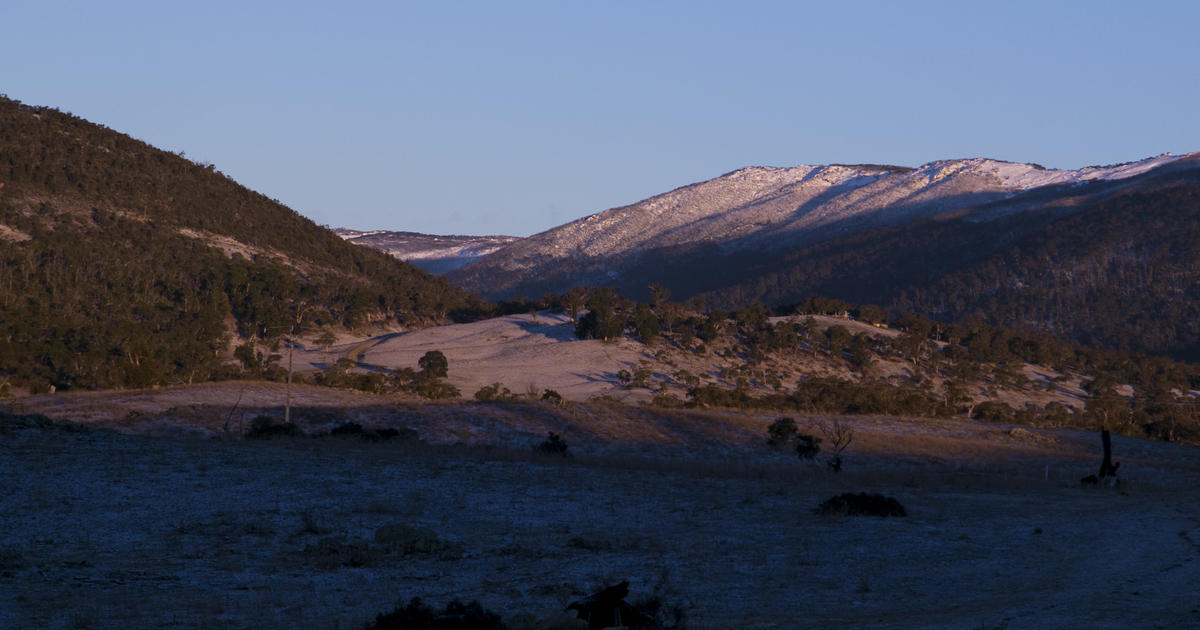A missing photographer, Lovisa “Kiki” Sjoberg, was found alive in Australia’s Kosciuszko National Park after a week-long search. Her survival, despite a snake bite, significant injuries, and exposure to the harsh elements of the Australian wilderness, is a testament to resilience and the effectiveness of a large-scale search and rescue operation. This incident highlights the dangers of navigating remote and challenging terrains, even for experienced individuals, and the crucial role of quick response and community involvement in successful rescue missions. The story underscores the importance of preparedness and the critical nature of prompt reporting for missing persons.
The Extensive Search and Rescue Operation
Initiating the Search
The disappearance of Lovisa Sjoberg sparked a major search and rescue operation involving multiple agencies. When her rental car was discovered abandoned in Kosciuszko National Park on October 21st, authorities from the Monaro Police District were immediately alerted. The scale of the operation was significant, reflecting the vastness and challenging terrain of the park, roughly the size of Texas. The remote location, coupled with the lack of recent communication from Sjoberg, created an urgent need for extensive search efforts.
Mobilizing Resources
A command post was established in Kiandra, an abandoned gold mining town within the park. Law enforcement personnel from several agencies collaborated with Australia’s National Parks and Wildlife Service, Rural Fire Service, and local volunteers. Police dogs were utilized to track potential scents, and a rescue helicopter was deployed for aerial searches, significantly expanding the scope of the search. The coordinated effort utilized a multi-faceted approach, combining ground and air resources to maximize efficiency and coverage of the rugged, 270,000-square-mile area. The diverse expertise and equipment contributed significantly to the successful conclusion of the search.
Lovisa Sjoberg’s Ordeal in Kosciuszko National Park
The Challenges of the Wilderness
Kosciuszko National Park is known for its unforgiving alpine environment, presenting numerous challenges to even seasoned hikers and adventurers. The combination of rugged terrain, unpredictable weather conditions, and potential encounters with wildlife presents significant dangers. The park’s remoteness further intensifies the challenges, complicating rescue efforts and hindering timely communication.
Snake Bite and Injuries
Ms. Sjoberg suffered from exposure and a suspected copperhead snake bite, along with a rolled ankle. Dehydration further complicated her condition during her days lost in the wilderness. Copperhead snakes possess potent venom that could prove fatal without prompt medical attention. The combination of a serious snake bite and the physical challenges posed by the environment makes Sjoberg’s survival all the more remarkable. Her injuries emphasized the severity of the situation, highlighting the potent threats presented by the park’s natural environment.
The Rescue and Aftermath
Discovery and Treatment
A parks and wildlife officer located Sjoberg on the Nungar Creek trail near Kiandra on Sunday afternoon. Immediate medical attention was provided by NSW Ambulance paramedics at the scene for exposure and treatment for the snake bite before she was transported to Cooma District Hospital in a stable condition. The rapid medical response, following her discovery, was a critical factor in Sjoberg’s recovery and likely prevented more severe consequences from her injuries.
Recovery and Statement
Following the rescue, Superintendent Toby Lindsay described Sjoberg as being “dazed and injured,” “quite unwell,” and “wandering” for days. Despite her challenging experience, he indicated that she was in reasonable condition after her rescue and expressed relief at being found. This account reveals not just the physical trauma experienced, but also the emotional toll of the ordeal on Ms. Sjoberg.
Takeaways
-
The importance of preparedness when venturing into remote wilderness areas: Always inform someone of your plans, including itinerary and anticipated return time. Pack appropriate gear and provisions for unexpected circumstances, including emergencies.
-
The effectiveness of coordinated search and rescue efforts: This event showcases the power of collaboration across multiple agencies and volunteers. The timely and efficient resource mobilization was key to a successful outcome.
-
The dangers of encountering wildlife in remote settings: Encounters with venomous snakes, like the copperhead, are a real threat. Basic knowledge of the potential dangers and preparedness for appropriate actions in response to these events are important considerations before venturing into wilderness areas.
-
The remarkable resilience of the human spirit: Lovisa Sjoberg’s survival against the odds is inspiring, highlighting human endurance and the determination to survive in extremely challenging situations.




